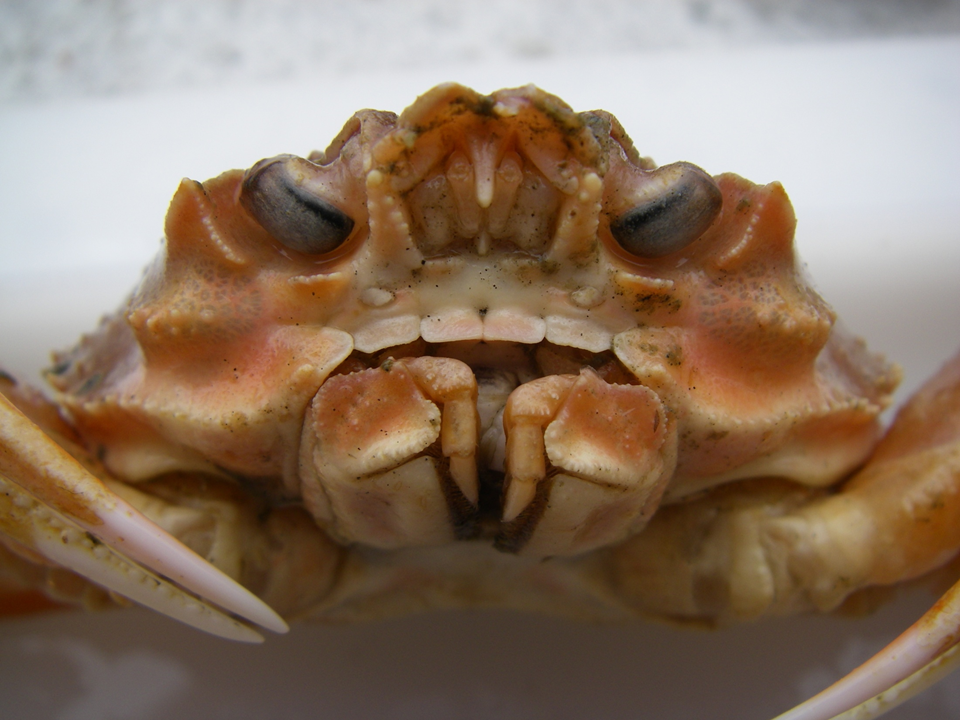Excerpt:
Using a combination of survey data and laboratory studies, NOAA Fisheries scientists identified starvation as the most likely cause of mass mortality event during the eastern Bering Sea marine heatwave...
In 2022, the Alaska snow crab fishery was closed for the first time in history due to a sudden, dramatic decline in adult and juvenile crabs. Scientists now believe the most likely cause of the decline was starvation and other factors linked to the 2018-2019 marine heatwave.
“During the marine heatwave, snow crabs faced a triple threat,” said lead author and Alaska Fisheries Science Center stock assessment scientist Cody Szuwalski. “Their metabolism increased, so they needed more food; their habitat was reduced so there was less area to forage; and crabs caught in our survey weighed less than usual. These conditions likely set them up for the dramatic decline we saw in 2021.”
Crab Abundance: Historic High to Record Low
In 2015, NOAA Fisheries scientists reported seeing a record number of juvenile snow crabs during their annual research survey in the eastern Bering Sea.
But just 3 years later that picture had changed. Between 2018 and 2019, the abundance of juvenile snow crabs declined by roughly half. By 2021, the survey found the fewest snow crab on the eastern Bering Sea shelf since the survey began in 1975. More than 10 billion crab disappeared from this region in the period 2018 to 2021.
The mortality event appears to be one of the largest reported losses due to marine heatwaves among the groups of animals that include fish and crustaceans globally.
Snow crab is one of the most abundant species in the bottom-dwelling ecosystem of the eastern Bering Sea. It supports an important commercial fishery, generating an average $150 million annually from 2012 to 2021. In 2021, 59 boats fished for snow crabs and brought $219 million into fishing communities.
As a result of the population decline, the state of Alaska subsequently announced the closure of the commercial snow crab fishery for the 2022–2023 season.
St. Paul, Alaska, home to the largest processing plant for crab in the world, was hit hard. A largely Indigenous community, St. Paul is highly dependent on the snow crab fishery. As a result of the fishery closure, Saint Paul declared a cultural, economic, and social emergency.
The Secretary of Commerce announced Disaster Declarations 2022–2023, which afforded some disaster relief funds to fishing communities.
The Looming Question: What Caused the Snow Crab Decline?
In this study, scientists considered factors that cause mortality such as:
Directed fishing
Bycatch in commercial trawls
Cannibalism
Predation from Pacific cod
Disease
Increased temperatures
In particular, they didn’t see a strong connection between variability in snow crab mortality, and predation and bycatch…
Additional Media:
Did climate change really kill billions of snow crabs in Alaska?
Why billions of snow crabs disappeared from the Bering Sea
Did climate change really kill billions of snow crabs in Alaska?









